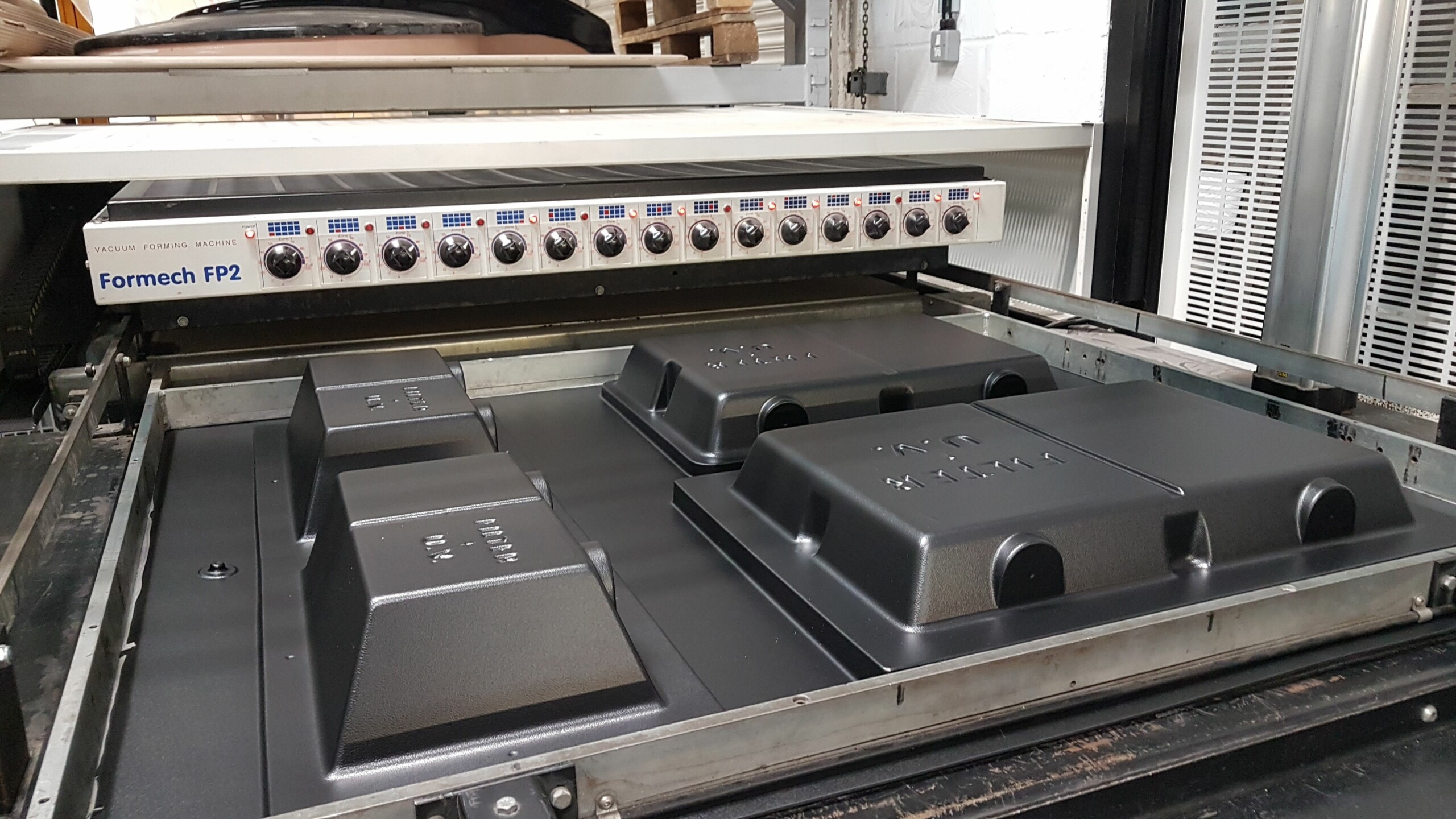A Guide to Vacuum Forming
A Guide to Vacuum Forming
Blog Article

Vacuum forming is a cost-effective thermoplastic molding technique that involves heating a polymer sheet until it becomes malleable, then applying vacuum pressure to shape it over a pre-designed mold.
Vacuum Forming Procedure
To produce a vacuum-formed product, the plastic sheet is first placed into a frame and heated until it becomes flexible. Once the material is ready, it is draped over a pattern, and a vacuum is applied to pull the material tightly over the mold, achieving the desired shape.
After forming, the material is hardened to retain its shape. The final product is then refined to remove unwanted material and processed for use.
Applications of Vacuum Forming
Vacuum forming finds its uses in sectors such as retail for creating durable plastic parts. Some typical products made using vacuum forming include:
- Car dashboards
- Clamshell containers
- Healthcare packaging
- Point-of-sale stands
Benefits of Vacuum Molding
Vacuum forming is a fast method for producing high-quality plastic parts with minimal initial investment. Other significant benefits include:
- Rapid production
- Affordable molds
- Flexibility in design
- Lightweight materials
Summary
Vacuum forming is a versatile process that facilitates the creation of durable plastic products at a competitive price.
Vacuum Forming Report this page